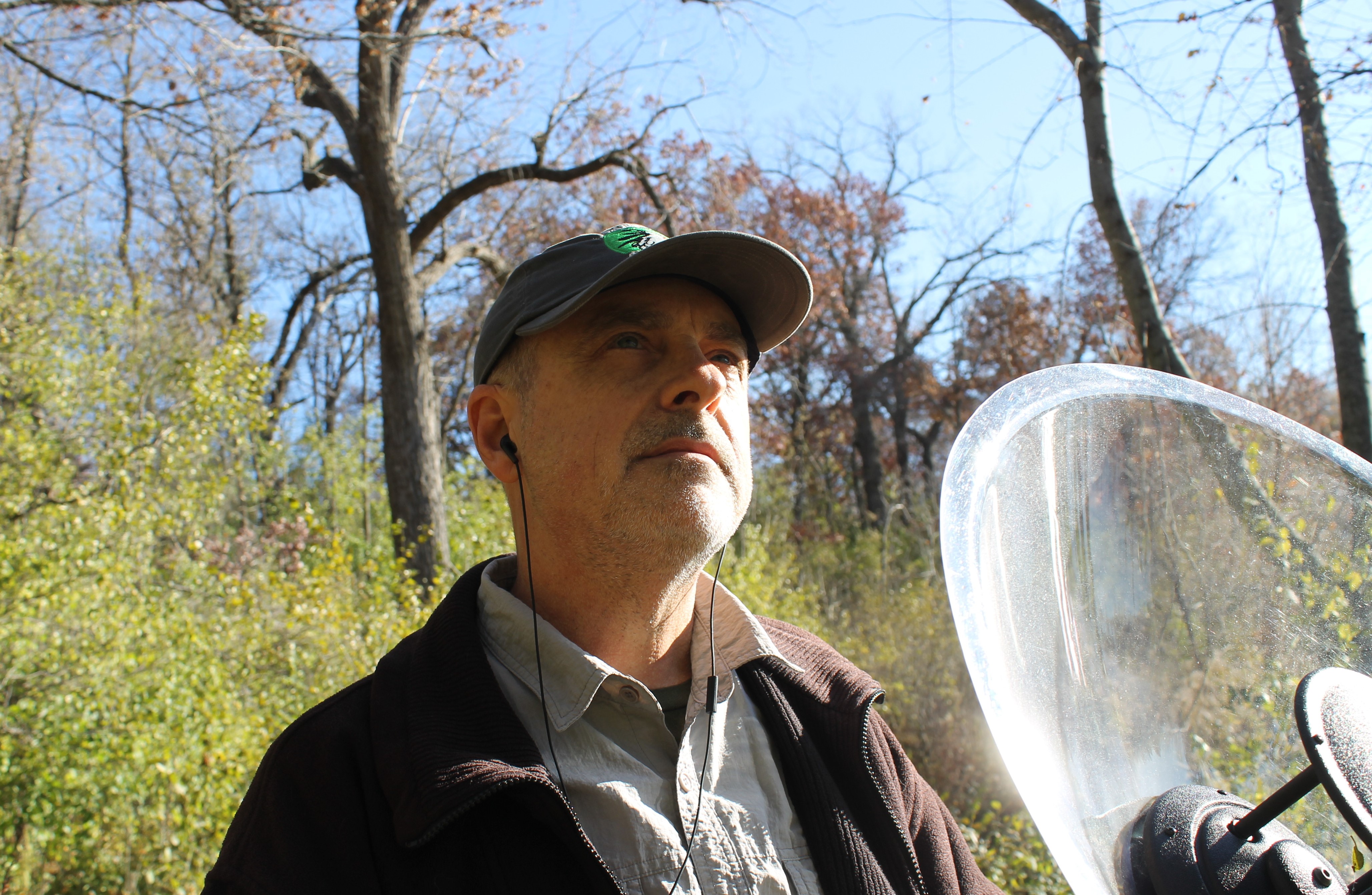Lerxst
Well-known member
I wrote this last month and forgot about it. Simply meant to be a reference for anyone bored enough to read it. Some years ago I was looking for papers on this and only found one that really touched on the topic (it is cited) in a non-trivial way. But it was also pretty dense at points and hard to follow. Moreover, I wanted an excuse to do some animations/simulations. If you do read this and have comments for improving it, I am all ears. It is probably way too long.

 legallyblindbirding.net
legallyblindbirding.net

The Physics of Parabolic Microphones: Frequency Dependence of Gain - Michael Hurben, PhD
Introduction Parabolic microphones are known for their extreme sensitivity, and the origin of their acuity isn't difficult to guess. It is the most obvious thing about them, which can also make them a liability for field use, namely, their considerable size. Just as a large amount of weak light...
 legallyblindbirding.net
legallyblindbirding.net
Last edited:



